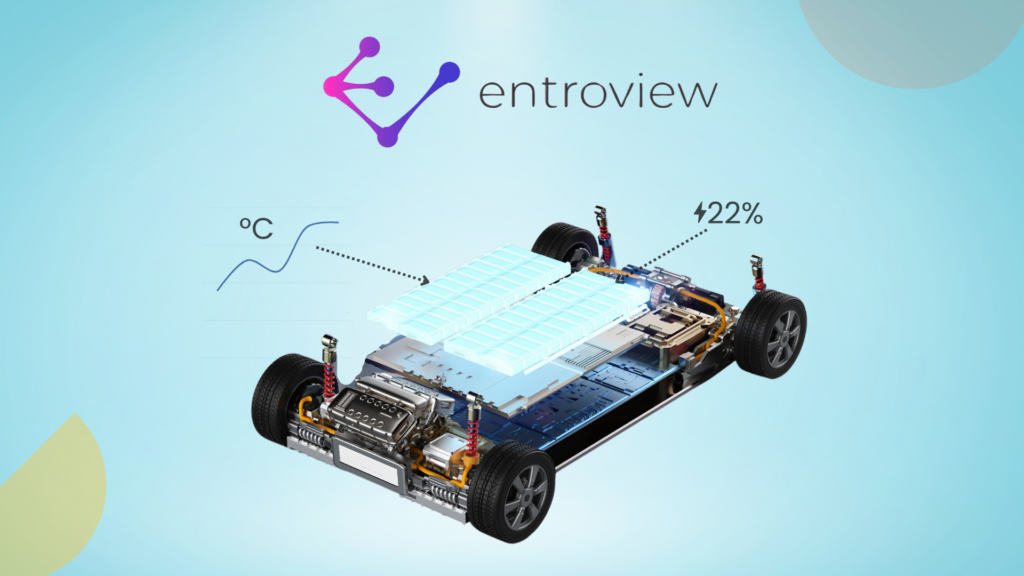How great would it be if the energy released could be stored or used just after applying brakes! Time for a high-five. The solution is named – Regenerative Brakes, an energy recovering mechanism that differs highly from their counterpart conventional brakes. On applying these brakes, the kinetic energy, instead of getting wasted as heat, gets converted to another form of energy (electric energy) which either be stored or used immediately.
The problem the client had with these brakes:
Even though being a revolutionary invention in itself, regenerative brakes had many issues that needed to be curbed. Driveline Oscillations was one these and kept bothering many researchers around the globe.
One of our clients, R&D head of a multi-national automobile firm, was looking for a solution for these Driveline Oscillations, vibrations caused while starting the engine, switching between conventional and regenerative brakes, shifting gears, etc., in EV/HV cars.
Solutions proposed to the client:
With the help of North Star, we were able to find a bunch of patents that present innovative solutions to solve the driveline oscillation problem. Among that group, three recent patents filed by Ford Technologies stood out to us, each presenting a unique solution to curb the problem.
Solution One: Introducing A Torque Controller:
The solution existed with Ford where the issue could be tackled by operating the vehicle in a speed control mode during a transition from regenerative braking to a positive driveline torque. This, in turn, results in reducing gear tooth to gear tooth impact.
They have also introduced a torque converter through which torque is delivered to the driveline. Consequently, the delivered torque becomes dependent on torque converter impeller speed and torque converter turbine speed. Controlling impeller speed and turbine speed, it is further possible to reduce the lapse in driveline torque.
Solution Two: Modifying Clutch Pressure:
The driveline oscillation could be reduced by modifying clutch pressure in response to activation or deactivation of the regenerative braking system.
This method for controlling a vehicle having a traction motor selectively coupled by a clutch to a driveline includes modifying the clutch pressure in response to a difference between a rotational speed of a driveline component and a filtered rotational speed of the driveline component to reduce driveline oscillations.
Further, the clutch may be disposed between the traction motor and a transmission and the method may include modifying the clutch pressure only when the clutch is unlocked or slipping. The clutch may be integrated within an automatic transmission.
 Solution Three: Introducing an Electric Machine:
Solution Three: Introducing an Electric Machine:
Another solution was to provide driveline braking via an electric machine while rotation of an engine is stopped and adjusting a torque of the electric machine in response to a condition of the engine.
By adjusting the torque, it becomes possible to provide an amount of regenerative braking equivalent to an amount of engine braking provided by the engine. In other words, negative torque is adjusted to mimic negative torque of an engine during engine braking so that the vehicle may transition from regenerative braking to engine braking in a seamless manner and driveline oscillation is reduced.
If regenerative braking is your research domain, do reach out if you’re facing problems like:
- How to overcome software challenges in designing an efficient brake force to electricity conversion?
- How can regenerative braking also be applied to non-electric, non-hybrid vehicles?
- How to increase regenerative braking force sufficiently so that the need for hydraulic breaking can completely be eliminated?
- How to improve the performance of regenerative braking in low speed?
Even for solutions in your domain that aren’t mentioned above, do reach out: Click here to get in touch. We could be of a great help like for proved to be for your peers.





